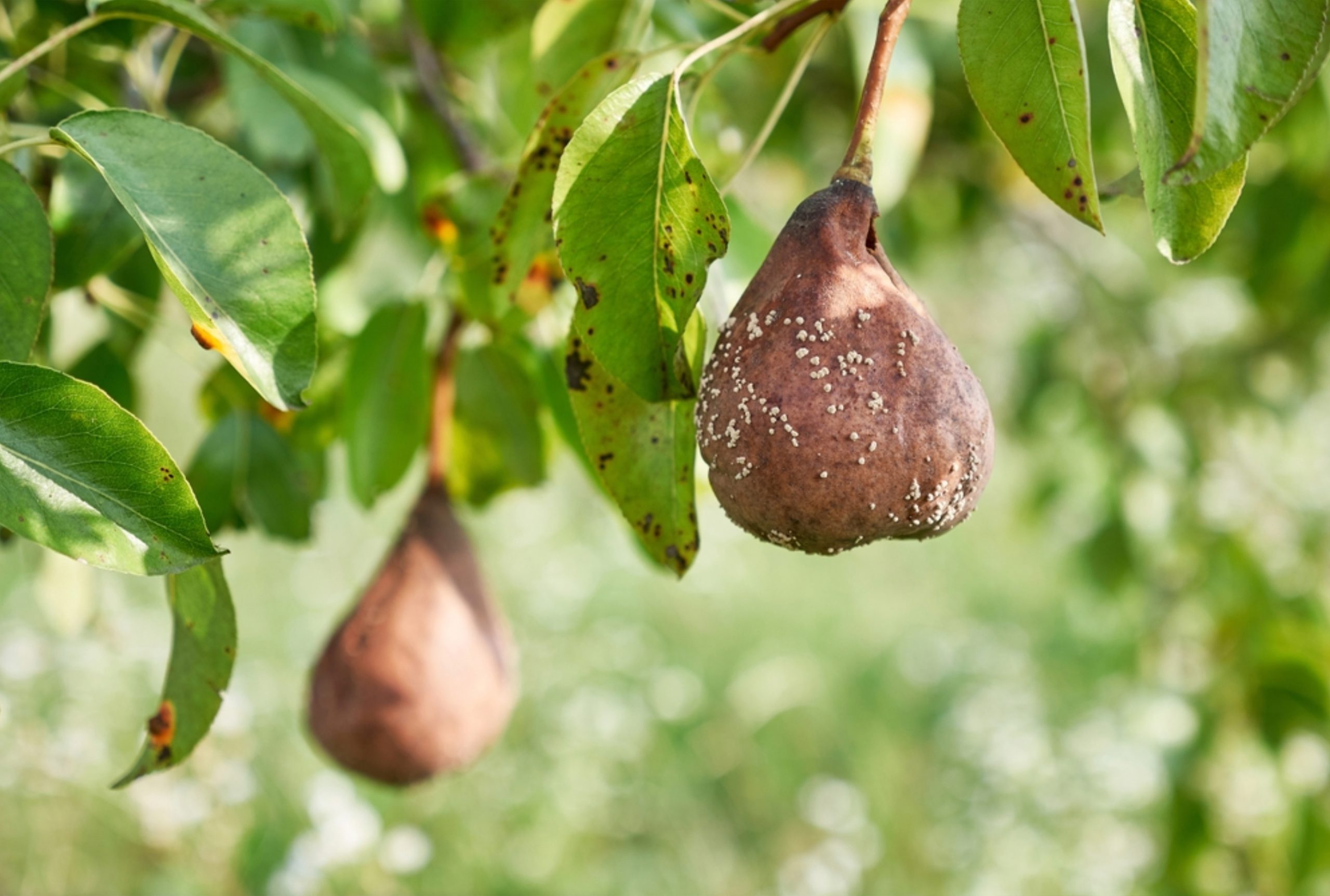Measuring the True Amount of Food Loss on Farms
A food loss metric must be used by growers of specialty crops if food waste from these crops is to be cut down.In recent years, there has been a growing awareness that food waste is a serious problem. Each year, millions of tons of food are wasted in America's restaurants, grocery stores, and homes. Farms are an often-overlooked and under-measured source of the problem. This is because there are factors and choices at every step of the food chain that affect farms.
It is difficult to understand why food waste occurs or how it might be effectively avoided because fruit and vegetable loss is not recorded consistently or openly. This decline is caused by a tangled web of causes. Farmers have a hard time making stable incomes because of things like retail standards, labor shortages, unpredictable weather, volatile markets, and short-term contracts.
Particularly during the supply chain interruptions brought on by the pandemic and as a result of the increasing demand for nutritious produce, more people's attention has been called to the issue of food waste on farms. To cut down on food waste, supermarkets and processing plants are reaching out to their suppliers to work together. But the industry is often left vulnerable because it doesn't have access to important data that is needed to make solutions for the whole supply chain.
The only way to accomplish this is to keep track of agricultural data on an annual basis to determine the extent of the loss. This way, they might be able to predict what will be available in the fields and along their supply chains. This could help retailers make better buying decisions, which could lead to lower prices.
How to solve this issue?
Helping farmers improve their measurement practices is the first step in addressing this issue and opening up prospects for less waste, greater food use, and monetary gain. Filling a gap in agricultural data, field sampling that includes direct measurement of what is left behind to estimate overall on-farm losses (rather than visual assessments) highlights the potential to get more nutritious food off fields and to people, which may increase a farmer's bottom line.
Farmers who can precisely gauge their food surplus will be better able to plan, alert purchasers to product availability, and donate edible goods to those in need.
What exactly is the Food Loss Calculator, and how can it help?
Developed in 2020, the Food waste metric calculator tool is now the most comprehensive measurement tool for horticulture crops and may be used by anyone at no cost. North American farmers and businesses are getting hands-on help from a coordinated effort to compile baseline data that will help them spot chances for surplus product management through better management or marketing. The Food Loss metric calculator is useful for determining the amount of food that is wasted during the harvesting process (and learning more about its root causes), as well as during the subsequent packing, processing, and storage phases.
Legislators and policymakers can also benefit from this knowledge. A portion of the WWF's data on food waste has already been gathered and will be considered by lawmakers as they draft the 2023 Farm Bill. However, having this kind of trustworthy data at the local or regional level can help legislators better grasp what's going on in the areas they represent.
Possessing such data might make marketing to customers a breeze. If you knew how often apples and yams with unusual shapes were rejected, perhaps you would be more open to purchasing them. But those actions won't be taken unless farmers have a better grasp of food waste and how to reduce it. When dealing with a loss of appetite, the first step is to establish a baseline from which future progress can be planned.



